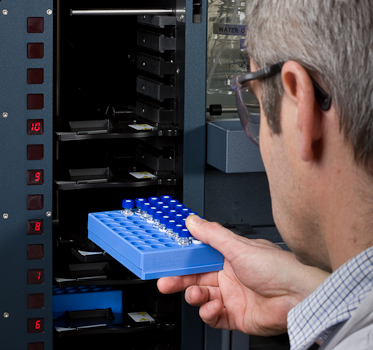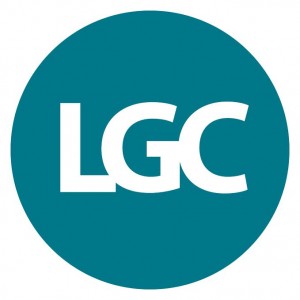Peanut Allergen Quantification – A Tough Nut to Crack
 The prevalence of peanut allergy almost doubled in Europe in recent years and affects around 500,000 people in the UK [1]. Peanut allergy is the most common cause of fatal food allergy reaction resulting from the immune system mistakenly identifying peanut proteins as harmful. Fear of accidental exposure reduces the quality of life of peanut allergy sufferers and severely limits their social habits, their families and even friends.
The prevalence of peanut allergy almost doubled in Europe in recent years and affects around 500,000 people in the UK [1]. Peanut allergy is the most common cause of fatal food allergy reaction resulting from the immune system mistakenly identifying peanut proteins as harmful. Fear of accidental exposure reduces the quality of life of peanut allergy sufferers and severely limits their social habits, their families and even friends.
‘Food-allergen’ related incidents are a primary cause for product withdrawals. However, testing allergen proteins in food is difficult – samples usually contain much protein and separation of the allergen protein of interest can be difficult. This impacts the manufacturers’/suppliers’ ability to label their goods and has implications for defining threshold levels and detecting food fraud.
Food companies in Europe are legally compelled to declare major allergens including peanut, if included in food products as ingredients. Current labelling rules, brought into force in December 2014 by European Regulation 1169/2011 ensure that consumers are given highlighted information about the allergenic content in pre-packed food [2]. The EU FIC also extends to food sold loose or served when eating out.
 Prevention of cross contamination with peanut through testing, validation and verification of cleaning and checking of ‘peanut-free’ products requires exacting checks. ELISA, PCR and mass spectrometry (MS) can be used to detect food allergens, but there are problems obtaining reliable quantitative results with all three.
Prevention of cross contamination with peanut through testing, validation and verification of cleaning and checking of ‘peanut-free’ products requires exacting checks. ELISA, PCR and mass spectrometry (MS) can be used to detect food allergens, but there are problems obtaining reliable quantitative results with all three.
QC materials that are a real food, containing a known amount of specific allergen protein, can assist laboratories in validation and monitoring. These materials must be stable and homogenous.
With University of Manchester researchers, LGC scientists have developed a unique allergen QC material (LGCQC101-KT), the first linked to clinical studies aimed at identifying threshold concentrations that elicit allergic responses [3]. The QC material is a ‘real’ complex food matrix and can used to help protect peanut allergy sufferers. By contributing to the validation of allergen measurement methods, it will help to prevent contamination during food production, potentially saving the food industry millions of pounds.
[1] http://www.mrc.ac.uk/news-events/publications/outputs-outcomesand-impact-of-mrc-research-2013-14/
[2] http://allergytraining.food.gov.uk/english/rules-and-legislation/
[3] http://www.lgcstandards.com/epages/LGC.sf/en_GB/?ObjectPath=/Shops/LGC/Products/LGCQC101-KT

































